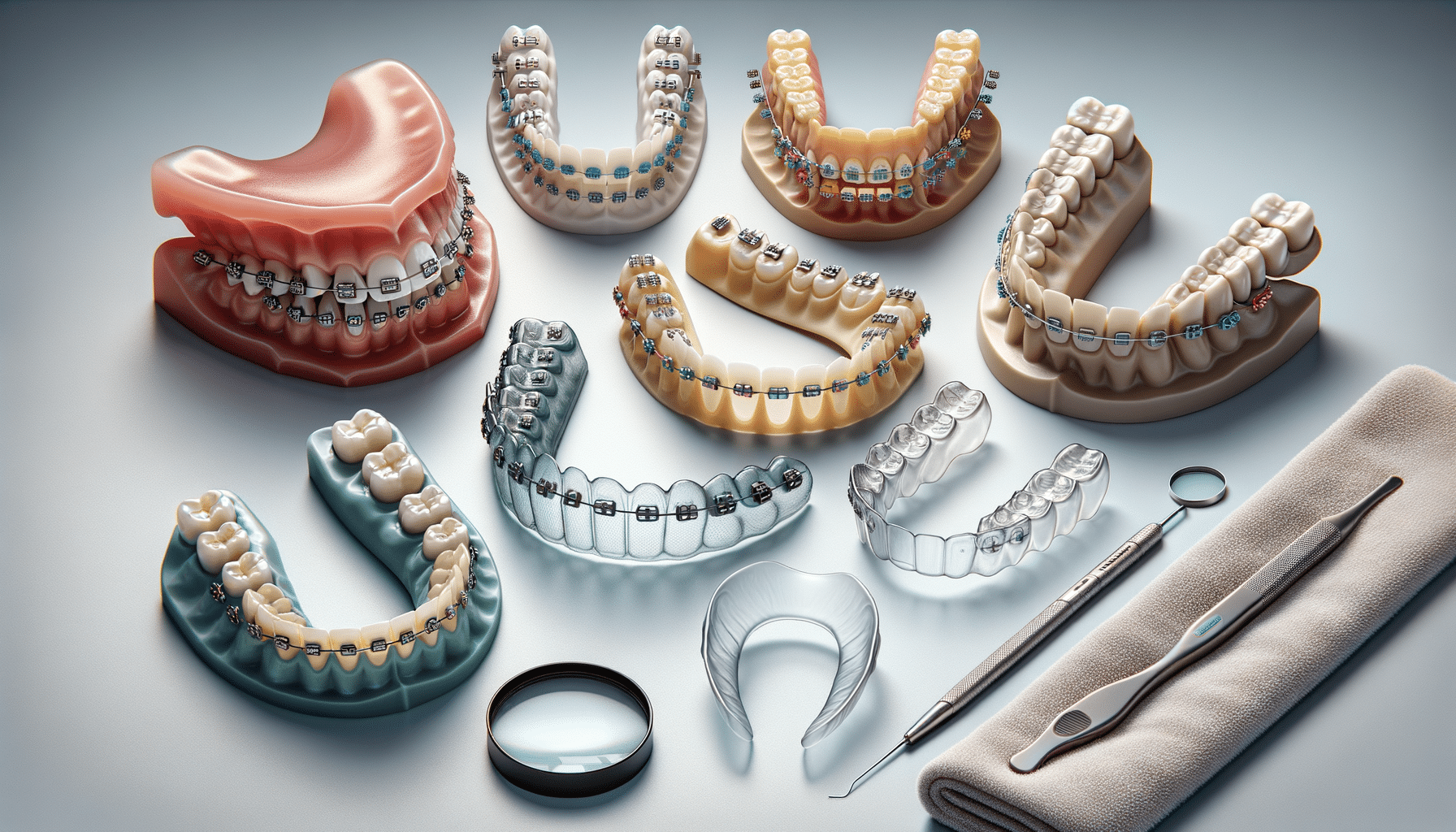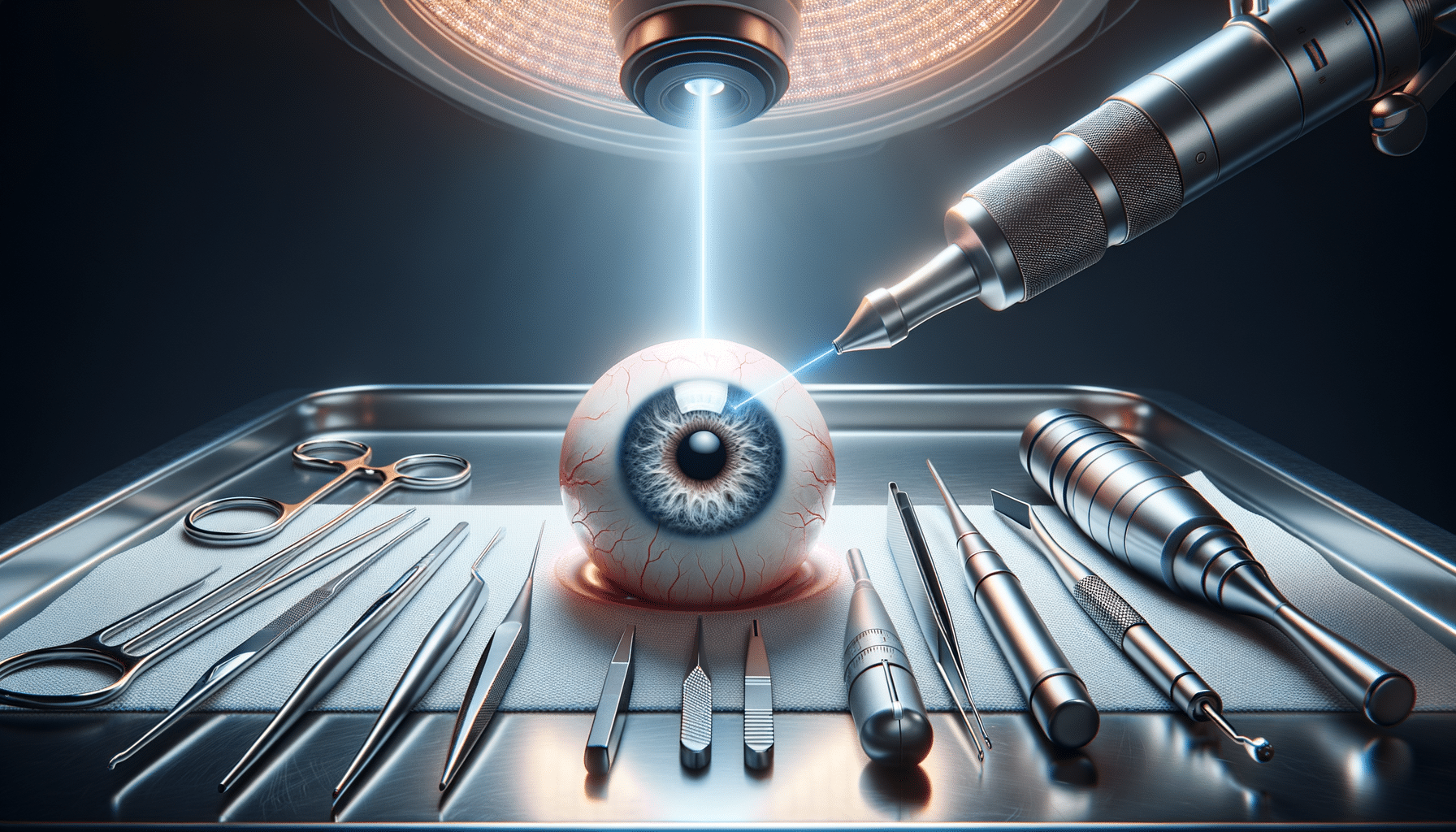
Introduction to Braces
Braces are a common orthodontic treatment designed to correct misaligned teeth and jaws, providing both aesthetic and functional benefits. With advancements in dental technology, there are now several types of braces available, each with unique features and benefits. Understanding the different options can help individuals make informed decisions about their orthodontic care. This article explores the various types of braces, the benefits they offer, and essential maintenance tips to ensure optimal results.
Types of Braces
When it comes to choosing braces, there are several types available, each catering to different needs and preferences. Here are some of the most common types:
- Metal Braces: Traditional metal braces are the most common type, known for their durability and effectiveness. They consist of metal brackets and wires that gradually move the teeth into the desired position.
- Ceramic Braces: These braces function like metal braces but are made from a clear or tooth-colored ceramic material, making them less noticeable.
- Lingual Braces: Lingual braces are placed behind the teeth, making them invisible from the front. They are customized to fit the contour of each tooth, providing a discreet option for those concerned with aesthetics.
- Clear Aligners: Clear aligners are a popular choice for those who want a removable and virtually invisible option. They consist of a series of custom-made trays that gradually shift the teeth.
Each type of braces has its advantages and potential drawbacks, so it’s essential to consult with an orthodontist to determine the most suitable option based on individual needs and lifestyle.
Benefits of Braces
Braces offer numerous benefits beyond straightening teeth. Here are some key advantages:
- Improved Oral Health: Straight teeth are easier to clean, reducing the risk of cavities and gum disease.
- Enhanced Aesthetics: A straight, aligned smile boosts self-confidence and can improve social interactions.
- Better Functionality: Properly aligned teeth improve biting, chewing, and speaking functions.
- Prevention of Future Issues: Correcting alignment early can prevent more severe dental issues later in life, such as jaw pain or uneven wear on teeth.
By addressing both aesthetic and functional concerns, braces can significantly improve one’s quality of life.
Braces Maintenance
Maintaining braces is crucial to ensure effective treatment and avoid complications. Here are some essential maintenance tips:
- Regular Cleaning: Brush teeth after every meal and floss daily to remove food particles and prevent plaque buildup.
- Avoid Certain Foods: Steer clear of sticky, hard, or chewy foods that can damage the braces.
- Attend Regular Check-Ups: Regular visits to the orthodontist are necessary to adjust the braces and monitor progress.
- Use Orthodontic Wax: Apply wax to any areas causing irritation to prevent discomfort.
Proper maintenance not only ensures the effectiveness of the treatment but also minimizes the risk of damage to the braces.
Conclusion
Braces are a transformative orthodontic solution that offers numerous benefits, from improved oral health to enhanced aesthetics. With various types available, individuals can choose the option that best suits their needs and lifestyle. Proper maintenance is vital to achieving the desired results and maintaining oral health throughout the treatment process. By understanding the types, benefits, and maintenance of braces, individuals can embark on their orthodontic journey with confidence and clarity.


